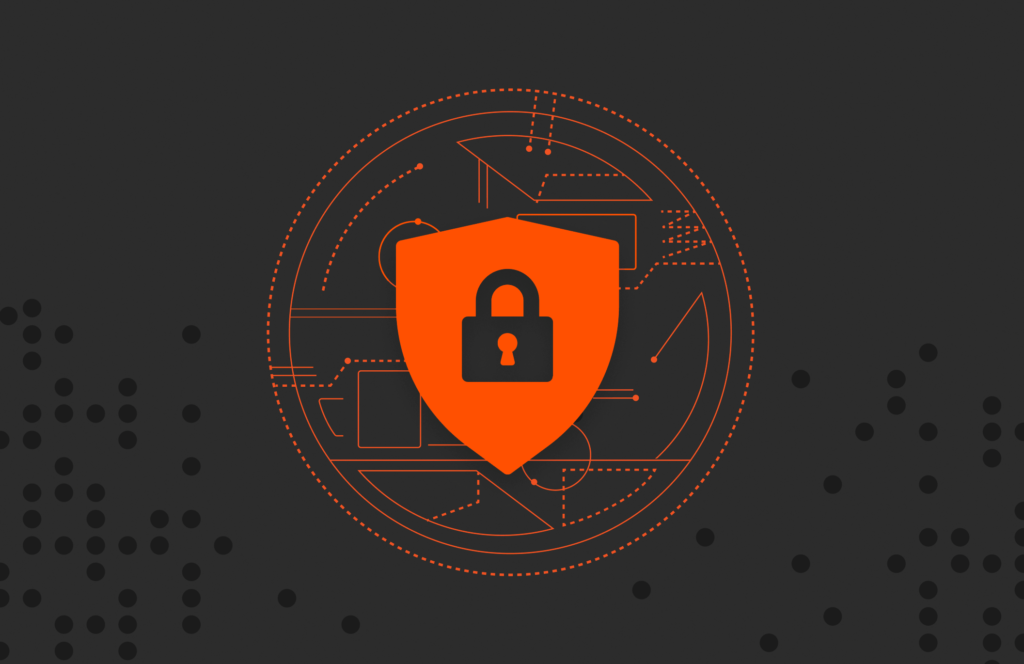The debate between Zero Trust Security and traditional perimeter security has gained momentum as cyber threats evolve. Organizations can no longer rely on perimeter-based security models that assume trust within a network. Instead, Zero Trust challenges this outdated approach by enforcing continuous verification and strict access controls, regardless of user location or network environment.
What sets Zero Trust apart? Traditional perimeter security trusts insiders once they are inside the network, while Zero Trust assumes that no entity—internal or external—should be trusted by default. Every access request must be authenticated, authorized, and continuously monitored to prevent unauthorized access.
The Zero Trust security market is expected to grow significantly by 2031, driven by an increasing need for stronger cybersecurity measures. This article explores the key differences between Zero Trust and traditional security and explains why Zero Trust is the better choice for modern organizations.
Understanding the Zero Trust Security Model
Zero Trust is a cybersecurity framework that eliminates implicit trust within a network. Instead of assuming that users and devices inside the network are safe, it enforces strict access controls and continuous monitoring.
Core Principles of Zero Trust:
- Verify Explicitly – Every user and device must be authenticated and authorized, regardless of location.
- Least Privilege Access – Users only receive the minimum level of access necessary to perform their tasks.
- Micro-Segmentation – Networks are divided into smaller secure zones to prevent lateral movement by attackers.
- Continuous Monitoring – User and device behavior is constantly analyzed to detect potential threats.
- Assume Breach – Security strategies are designed with the assumption that attackers may already be inside the network.
Organizations implementing Zero Trust use technologies such as multi-factor authentication (MFA), identity and access management (IAM), encryption, and network segmentation to strengthen security.
What is Traditional Perimeter Security?
The traditional perimeter security model, also known as the castle-and-moat approach, relies on securing the network boundary with firewalls and VPNs. Once inside the network, users are typically granted broad access to resources without ongoing verification.
While this model was effective in the past, it has several weaknesses:
- Implicit trust within the network creates vulnerabilities for insider threats and lateral movement by attackers.
- Remote work and cloud adoption have blurred the traditional network perimeter, making it harder to secure.
- Once an attacker breaches the perimeter, they can move freely within the network and access sensitive data.
Zero Trust vs. Traditional Security: Key Differences
| Feature | Traditional Perimeter Security | Zero Trust Security |
|---|---|---|
| Trust Model | Assumes trust within network boundary | No implicit trust; verifies every access request |
| Access Control | Based on network location | Based on identity, device health, and context |
| Threat Detection | Reactive, focused on preventing perimeter breaches | Proactive, assumes breach and monitors continuously |
| User Verification | Limited verification after initial access | Continuous authentication and least privilege access |
| Response to Breaches | Attackers can move laterally once inside | Attackers face strict access restrictions and monitoring |
Use Cases of Zero Trust Security
1. Remote Workforce Security
Zero Trust ensures secure access for remote employees by requiring authentication and authorization for every access attempt, regardless of location.
2. Cloud Security
Cloud environments are protected with strict identity verification and access controls, reducing the risk of unauthorized access.
3. Partner and Vendor Access
Organizations can grant third-party access securely by enforcing the same security controls used for internal users.
4. Privileged Access Management (PAM)
Zero Trust minimizes the risk of privileged account abuse by enforcing least privilege access for all users, including executives and IT administrators.
5. Data Center Security
Zero Trust shifts the focus from network perimeter security to data-centric security, ensuring only authorized users and devices can access sensitive data.
Advantages of a Zero Trust Security Model
- Stronger Security Posture – Eliminates implicit trust and enforces strict security controls.
- Minimized Attack Surface – Restricts access to sensitive resources based on user identity and device security.
- Better Protection Against Insider Threats – Prevents unauthorized access and lateral movement within the network.
- Enhanced Adaptability – Works across dynamic IT environments, including remote work, cloud, and IoT.
- Improved Threat Detection and Response – Enables continuous monitoring and faster response to security incidents.
Conclusion
Zero Trust Security is a modern approach that effectively addresses the weaknesses of traditional perimeter security. By eliminating implicit trust, enforcing strict access controls, and continuously monitoring user behavior, organizations can significantly enhance their cybersecurity posture.
Also,As cyber threats continue to evolve, adopting a Zero Trust model is no longer optional it is essential for protecting sensitive data and ensuring a secure digital environment. Organizations that transition to Zero Trust will be better equipped to prevent breaches, reduce attack surfaces, and maintain control over their security landscape.

